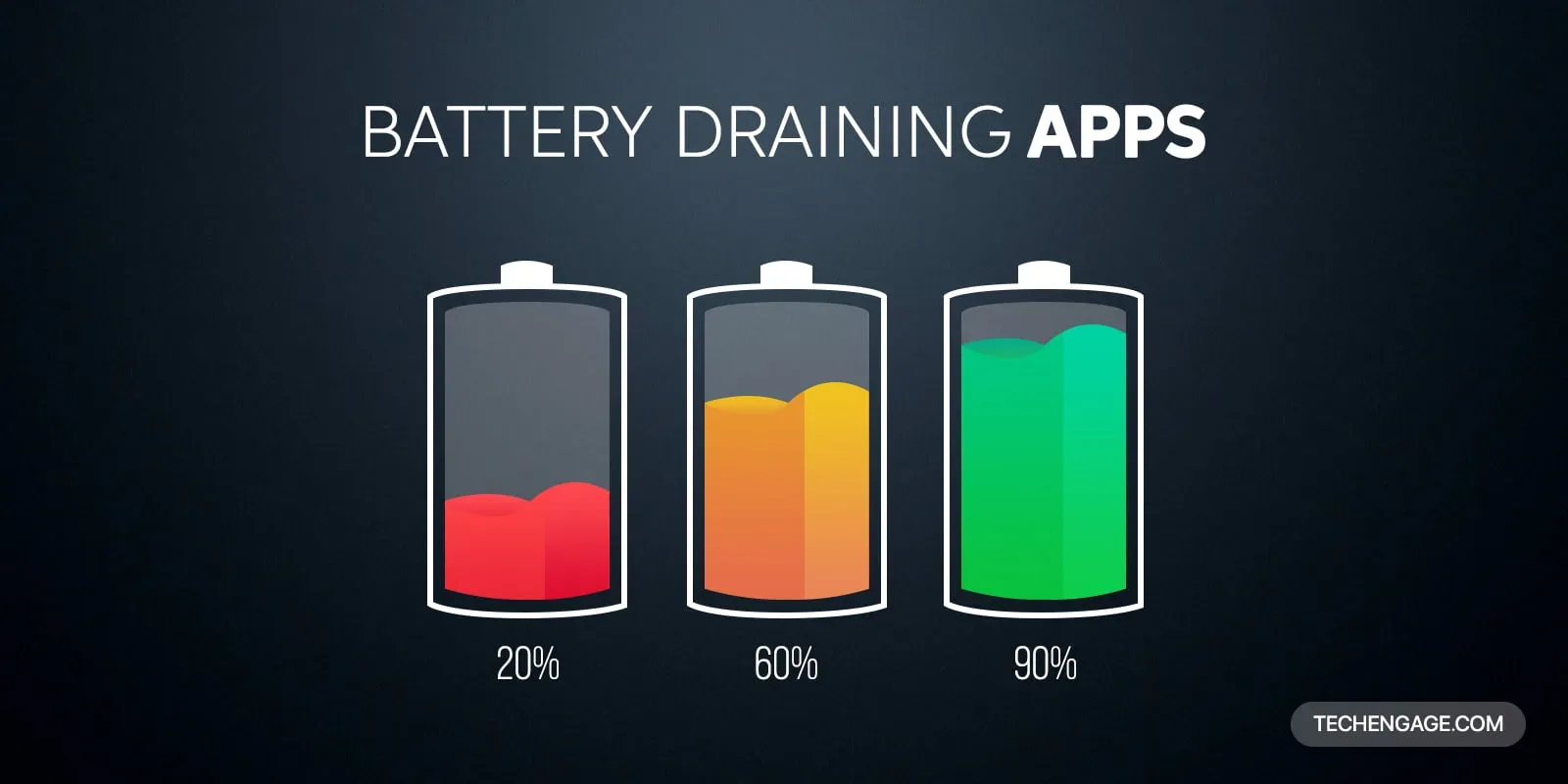Replacing headsets and glasses for the futuristic augmented reality viewing, there could just be lenses. For the virtual reality overlay of computer information on the real world, the cumbersome gear would no longer be necessary. This opinion is furthered by Silicon Valley startup called Mojo Vision. Mojo Vision has recently announced that it has raised $50 million. Mojo Vision says about its technology:
Invisible Computing. Information when you need it. At a glance, anytime, anywhere and all while looking like you.
The company website reads:
We see a world that’s eyes up and hands-free.
Mojo Vision isn’t disclosing product information. However, it said in a statement:
But we look forward to sharing more as we continue our work on the technology and platform.
The company’s technology is different from current devices on the market, like Microsoft’s HoloLens or the Magic Leap One, bulky headsets that wrap around your head and put large lenses in front of your eyes.
Eventually, technology enthusiasts say, these headsets will be shrunken down, but that’s going to take time. Magic Leap, founded in 2011, released its first developer headset, the Magic Leap One, in August and said it’s still working on a consumer version that probably won’t see the light of day for another year or two.
That, tech enthusiasts say, is when these augmented reality devices can become a part of our everyday life.
Though Mojo Vision’s attempt to miniaturize this technology is ambitious and will likely take years to develop, the company’s description of the future isn’t far from what others are marketing.
Microsoft and Magic Leap, whose headsets respectively cost as much as $5,000 and $2,295 apiece, have both shown how easily computer information can be laid over the real world. This technology, called augmented reality (AR) or mixed reality (MR), lets you play a virtual board game on your coffee table, for example. Or read the email out of the corner of your eye while watching your kids play.
The promise of the tech has drawn billions of dollars in investment, with Magic Leap alone raising more than $2.3 billion since its founding.
Meanwhile, the amount of money flowing to companies working on software and hardware for these types of headsets are expected to jump by nearly 50 percent this year to $427.1 million, according to SuperData. Next year, it’ll jump again, to $644.6 million.
The tech industry is increasingly looking toward AR, despite high profile bets by Zuckerberg, Google, HTC, Samsung and others on virtual reality. VR headsets bring a screen so close to your face that your brain is tricked into believing you’ve been transported to a virtual world, whether you’re scuba diving with blue whales, fighting off zombies or witnessing a spaceship dogfight.



